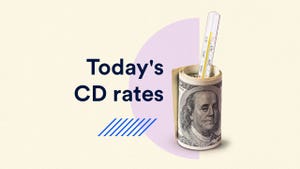
Top CD Rates Today: February 4, 2025 | 4.50% Is Now The Highest APY On Any CD
Explore the top CD rates today and learn how economic trends can affect your rate. Bankrate provides valuable insights to find the best CD products to maximize your savings.









